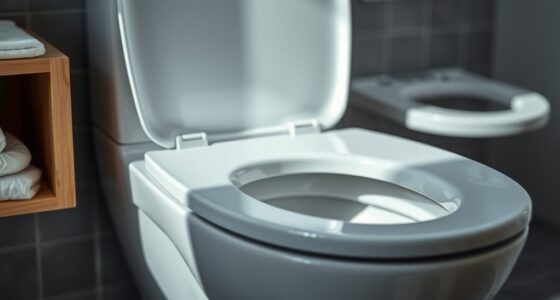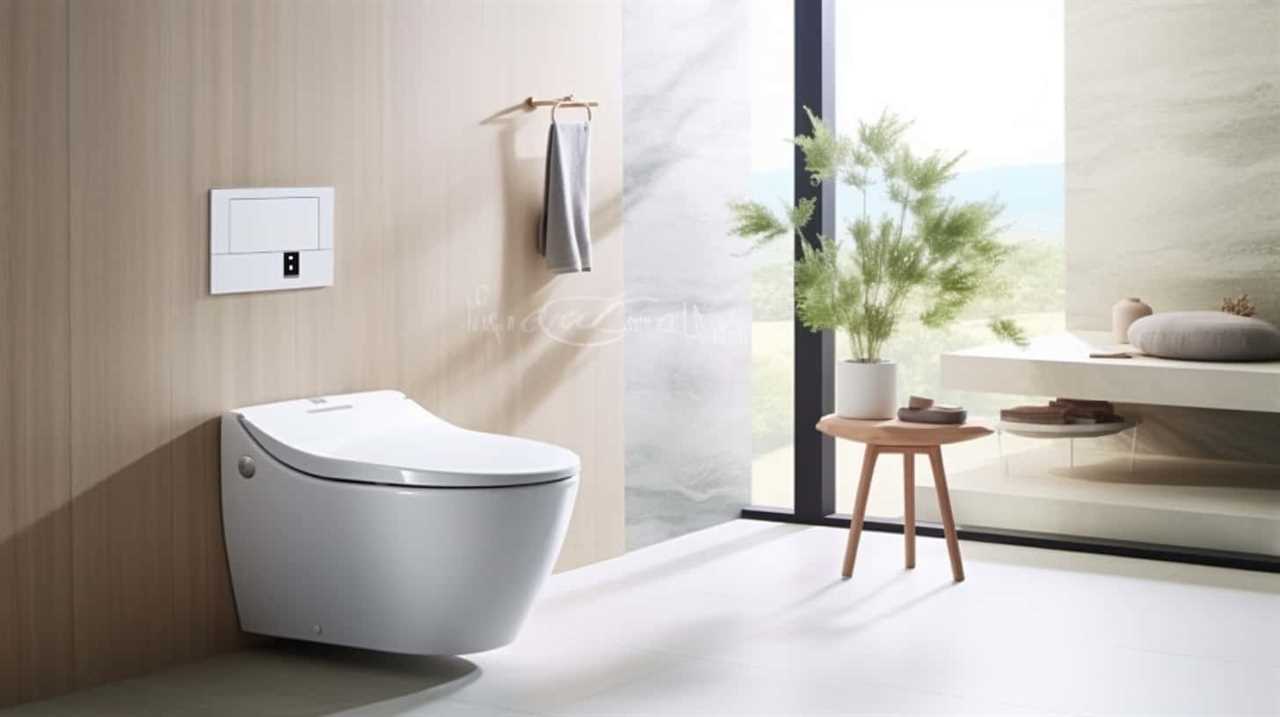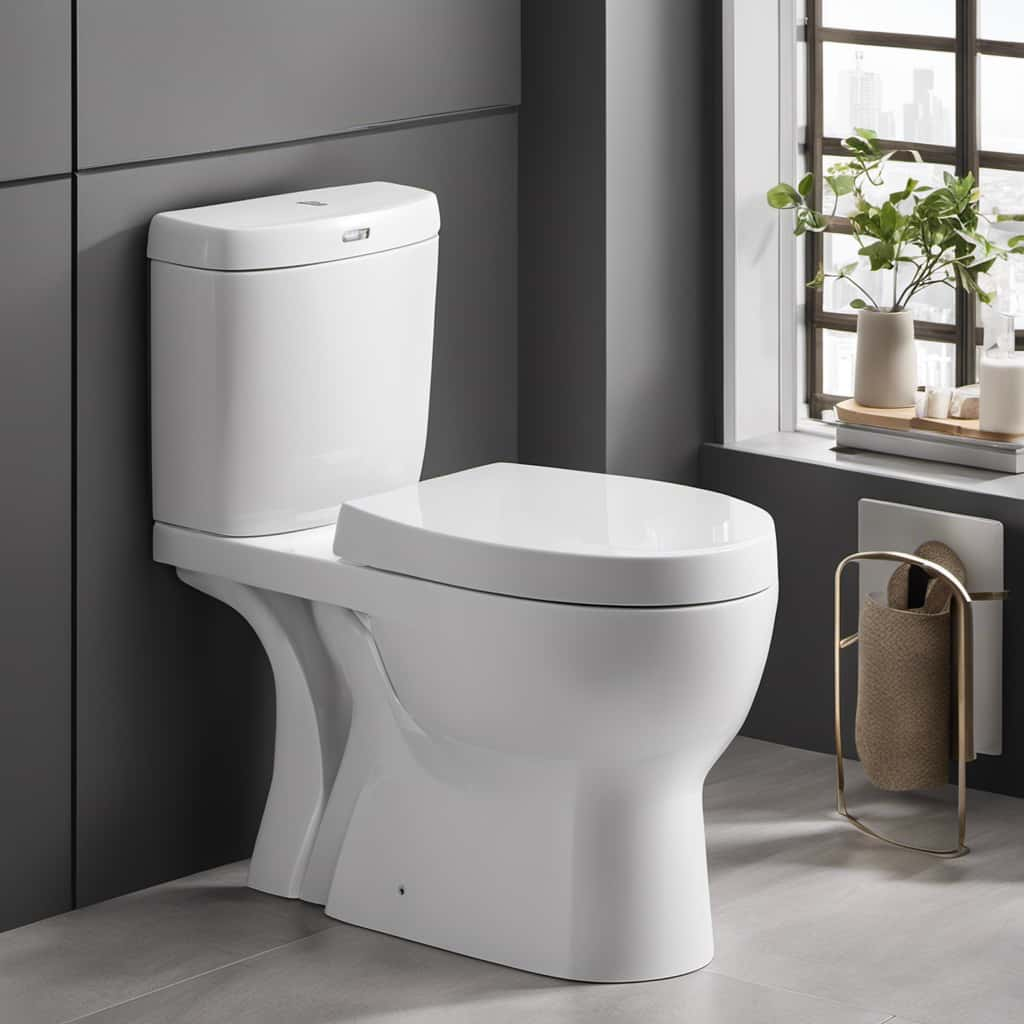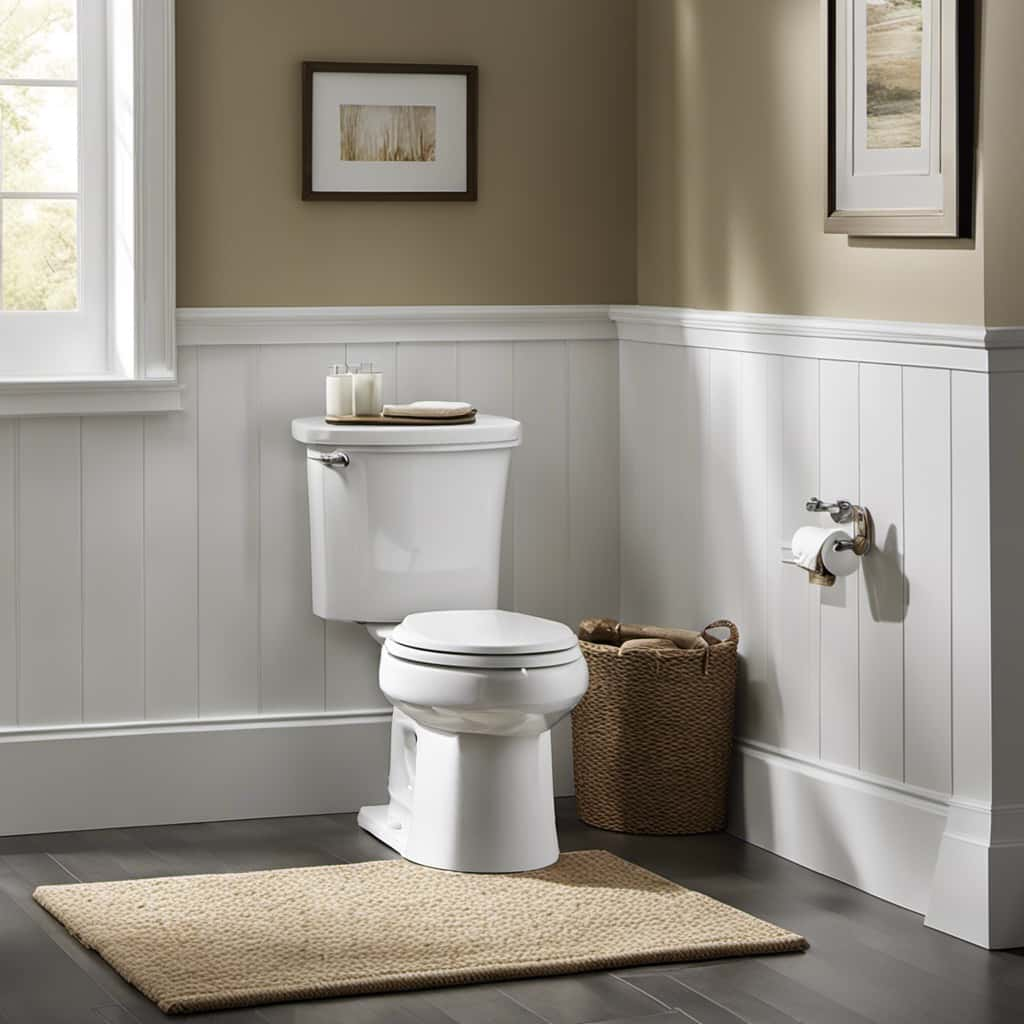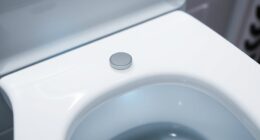Ah, the aggravation of a persistently blocked toilet! It’s a situation we’ve all encountered, diligently working the plunger, yet the issue remains. However, worry not, dear reader, because we possess the solutions you’re looking for.
In this article, we will delve into the reasons why your toilet refuses to unclog even after your valiant plunging efforts. From inadequate technique to hidden obstructions, we’ll explore the intricacies of this common household dilemma, providing you with the knowledge you need for mastery over your unruly toilet.
Key Takeaways
- Proper plunging technique is essential for unclogging a toilet, including positioning the plunger correctly, ensuring a tight seal, and maintaining consistent pressure.
- If plunging does not work, it is important to assess the severity of the blockage and try other methods like using home remedies or a drain snake before seeking professional help.
- Insufficient water flow in the toilet can be caused by low water pressure, a clogged water supply line, or a faulty fill valve, and addressing the underlying cause promptly is crucial.
- Malfunctioning toilet components such as a flush handle can hinder the flushing process, and repairing or replacing the faulty component is necessary to restore proper functioning.
Inadequate Plunging Technique
We often struggle to unclog our toilets because we use an inadequate plunging technique. Proper positioning and consistent pressure are essential for effective plunging.
To begin, make sure the plunger is properly positioned over the drain opening, ensuring a tight seal. This will prevent air from escaping and allow for maximum suction.
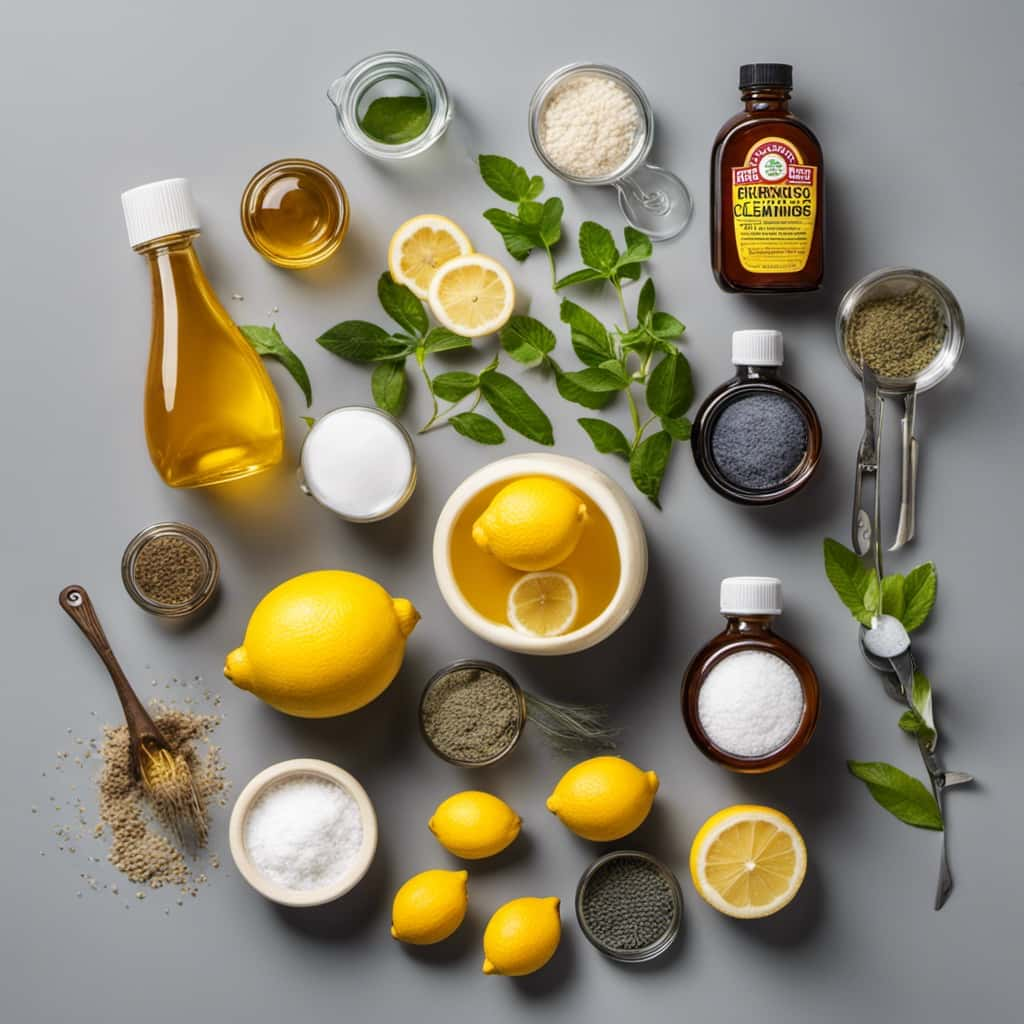
Next, maintain consistent pressure while plunging. Push down firmly and forcefully, then pull up quickly, creating a strong suction and dislodging the clog. Repeat this motion several times, maintaining a steady rhythm.
It’s important to avoid rapid or erratic plunging, as this can disrupt the suction and hinder the unclogging process.
Stubborn Blockage in the Drain
To continue addressing the issue of a stubborn blockage in the drain, it’s important to assess the severity of the clog and determine the best course of action. In some cases, the blockage may be too severe to be resolved by simple home remedies. In such situations, it may be necessary to seek professional plumbing services. Professional plumbers have the necessary expertise and equipment to effectively remove stubborn blockages in the drain.
However, before resorting to professional help, it’s worth trying some effective home remedies. These include using a mixture of baking soda and vinegar, using a drain snake, or using a plunger specifically designed for toilets. By attempting these remedies, you may be able to resolve the stubborn blockage without the need for professional assistance.

Transitioning into the subsequent section about insufficient water flow, it’s important to note that if the blockage persists despite your efforts, it may be a sign of an underlying issue such as insufficient water flow.
Insufficient Water Flow
Continuing from our discussion on stubborn blockages in the drain, another potential issue that can prevent a toilet from unclogging after plunging is insufficient water flow.
Here are three key factors to consider when dealing with insufficient water flow:
- Low Water Pressure: If you notice that the water in your toilet isn’t flowing with enough force, it could be due to low water pressure in your plumbing system. This can impede the flushing action and prevent the toilet from clearing the blockage effectively.
- Clogged Water Supply Line: A clogged water supply line can restrict the flow of water to your toilet, leading to insufficient water flow. This can happen due to mineral build-up, debris, or even tree roots infiltrating the pipes.
- Faulty Fill Valve: The fill valve is responsible for refilling the toilet tank with water after each flush. If this valve isn’t working properly, it can lead to low water flow during flushing, making it difficult to clear the clog.
When faced with insufficient water flow, it’s important to address the underlying cause promptly to ensure a properly functioning toilet.
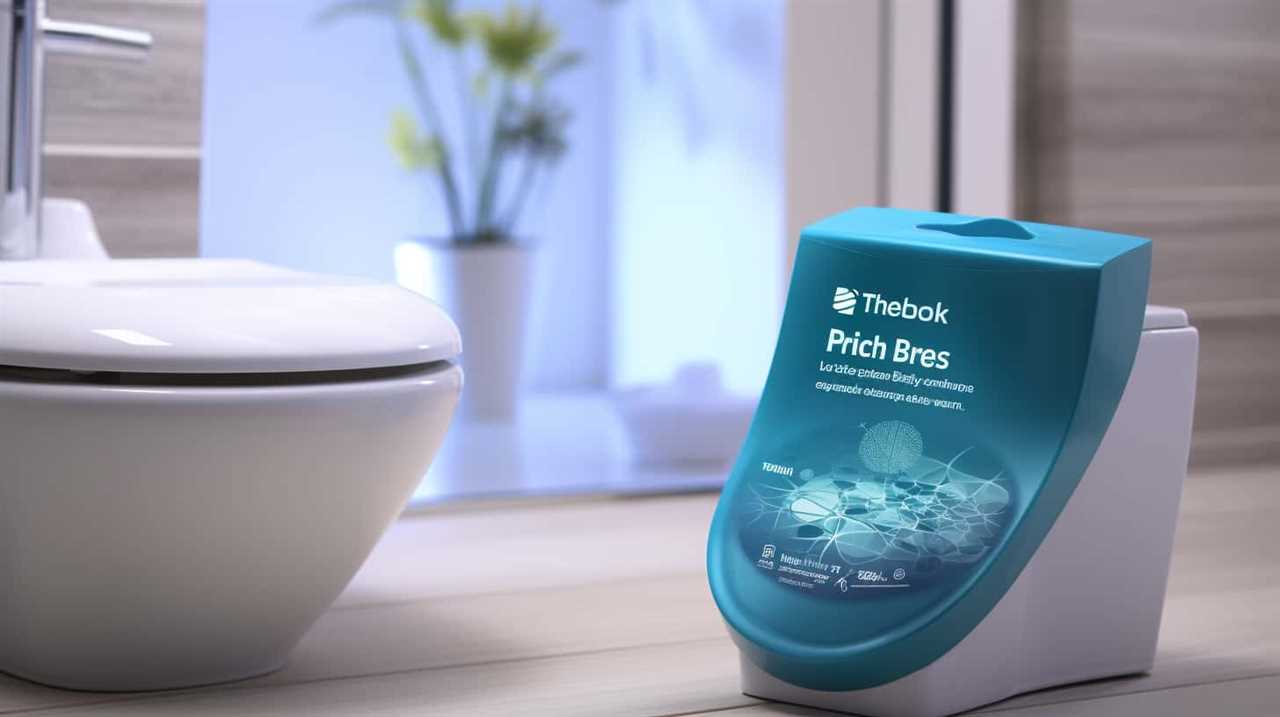
Malfunctioning Toilet Components
One possible reason for a toilet to remain clogged despite plunging is a malfunctioning flush handle. The flush handle is an important component of the toilet tank’s flush mechanism. When you press the handle, it lifts the flapper or releases water from the tank, initiating the flushing process. However, if the flush handle is broken or not working properly, it may not activate the flush mechanism correctly, leading to inadequate water flow and ineffective flushing.
To better understand this issue, let’s take a look at the components involved in the flush mechanism:
| Component | Function |
|---|---|
| Flush handle | Initiates flushing process |
| Flapper | Allows water to enter the bowl |
| Fill valve | Regulates water level in the tank |
| Overflow tube | Prevents tank from overflowing |
A malfunctioning flush handle may prevent the flapper from opening fully or closing properly, hindering the flushing process. If you suspect a problem with the flush handle, it is advisable to have it repaired or replaced to restore the proper functioning of your toilet.
Now, let’s explore another possible reason for a persistently clogged toilet: hidden obstructions in the pipes.
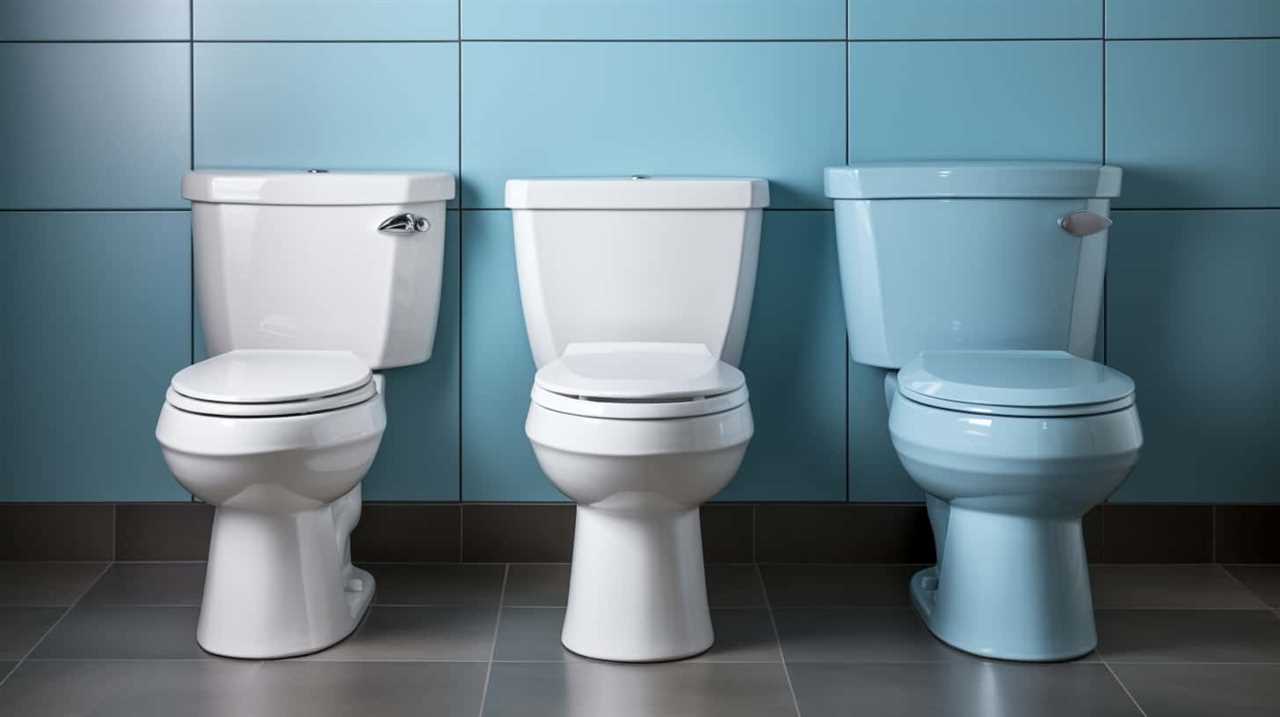
Hidden Obstructions in the Pipes
Moving on to the next possible reason for a persistently clogged toilet, let’s address any hidden obstructions in our pipes. These hidden obstructions could be causing the toilet to remain clogged even after plunging. Here are three possible culprits:
- Corrosion buildup: Over time, pipes can develop a layer of corrosion on their inner walls. This buildup can trap debris and waste, leading to clogs that are difficult to clear.
- Foreign object obstruction: It’s not uncommon for objects to accidentally find their way into the toilet and get stuck in the pipes. These objects can include children’s toys, sanitary products, or even excessive toilet paper.
- Tree root intrusion: In some cases, tree roots can grow into underground pipes, causing blockages and restricting the flow of water.
To address hidden obstructions in the pipes, it may be necessary to call a professional plumber who can use specialized tools and techniques to locate and remove the obstruction.
Frequently Asked Questions
How Often Should I Replace the Plunger?
When should we replace our plunger? It’s important to know how long a plunger should last to ensure effective unclogging. Regular use can wear it out, so consider replacing it every 6-12 months.
Can I Use a Chemical Drain Cleaner Instead of Plunging?
Using a chemical drain cleaner is an alternative method to plunging a clogged toilet. Pros include convenience and potential effectiveness. Cons include potential damage to pipes, harmful fumes, and environmental impact.
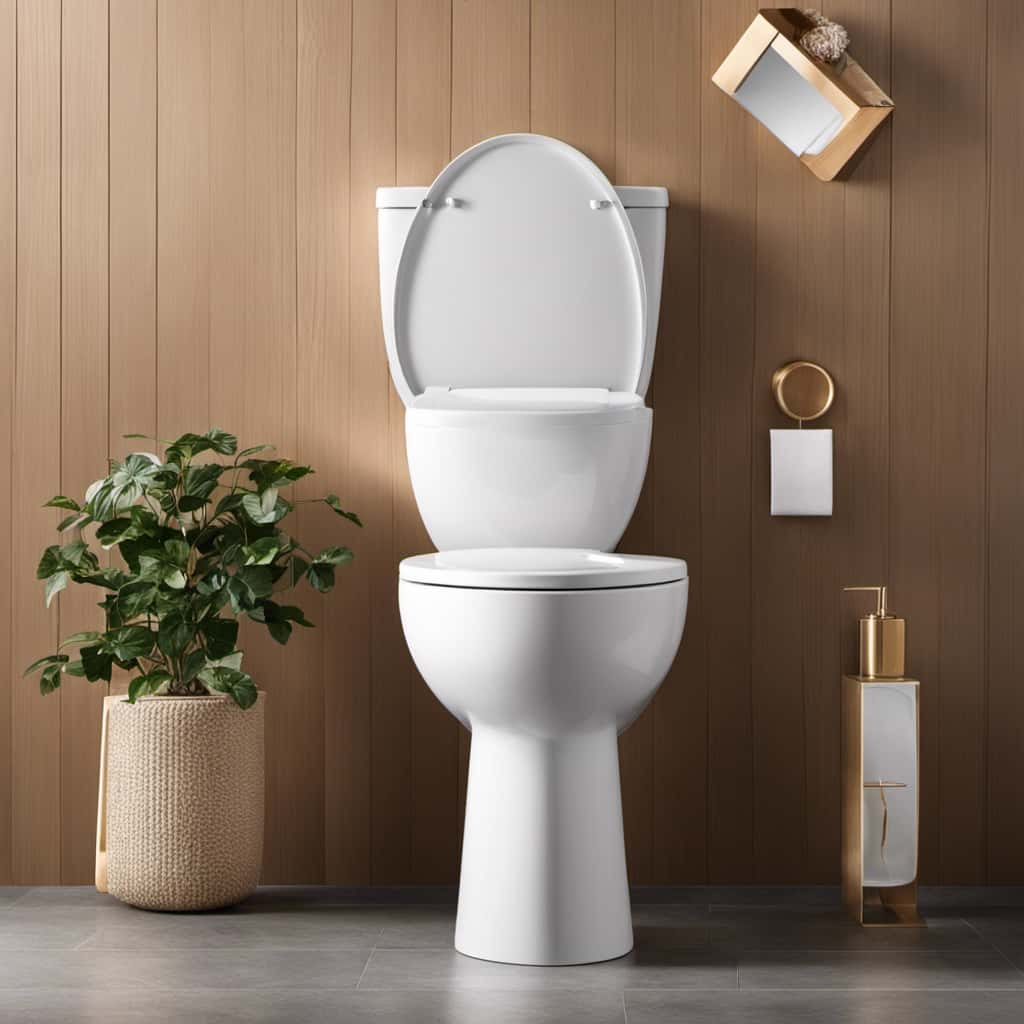
What Can I Do if the Water Level in the Toilet Bowl Is Too Low for Proper Plunging?
What if the water level in the toilet bowl is too low for proper plunging? Troubleshooting low water levels can be challenging. Are there alternative unclogging methods that we can try? Let’s explore our options.
Is It Common for Toilet Clogs to Be Caused by Toilet Paper?
Toilet clogs can be caused by various factors, and yes, toilet paper is a common culprit. It can accumulate and block the pipes. Proper disposal and avoiding excessive use can help prevent clogs.
How Can I Prevent Future Toilet Clogs?
To prevent future toilet clogs, we need to focus on proper toilet maintenance. Regularly flushing only appropriate materials and avoiding excessive toilet paper usage are common causes of clogs that can be easily avoided.
Conclusion
So, despite our best efforts and expert plunging technique, it seems our toilet simply refuses to unclog. It’s almost as if it enjoys tormenting us with its stubbornness.
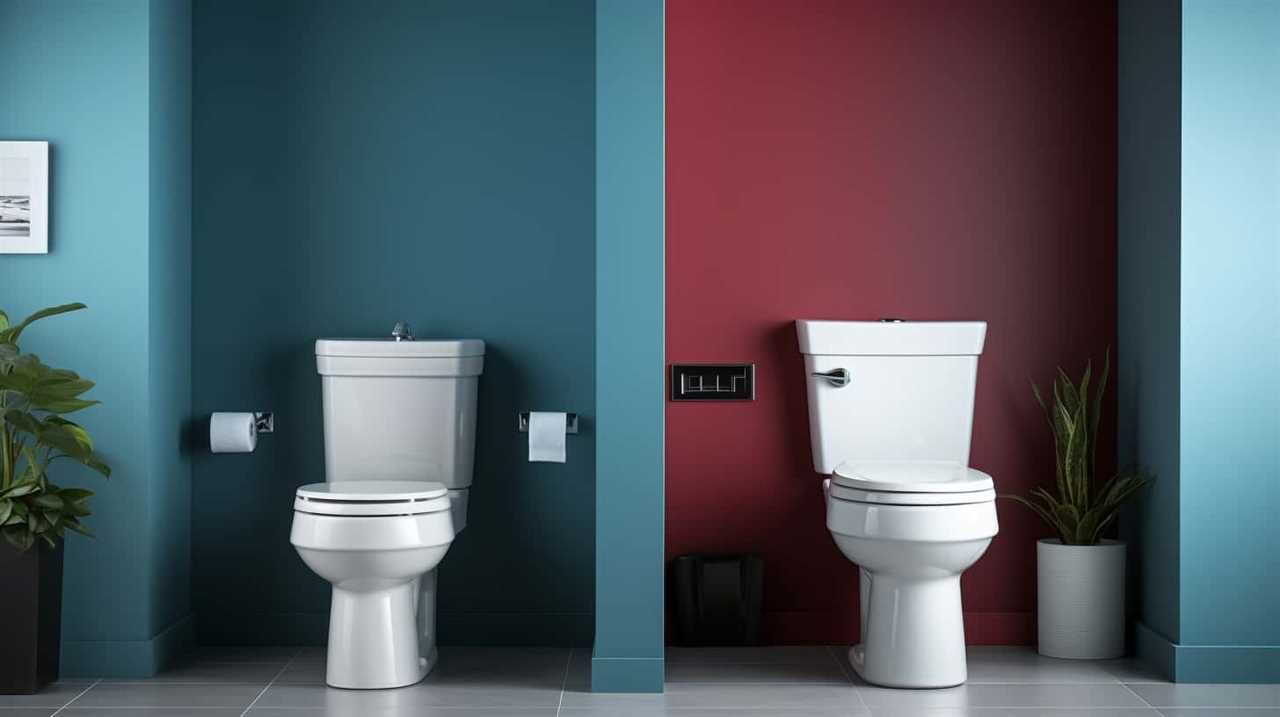
Perhaps there are hidden treasures lurking in the depths of our pipes, or maybe our toilet has developed a mischievous personality of its own.
Whatever the case may be, it seems we’ll have to call in the professionals to solve this mysterious clog.



